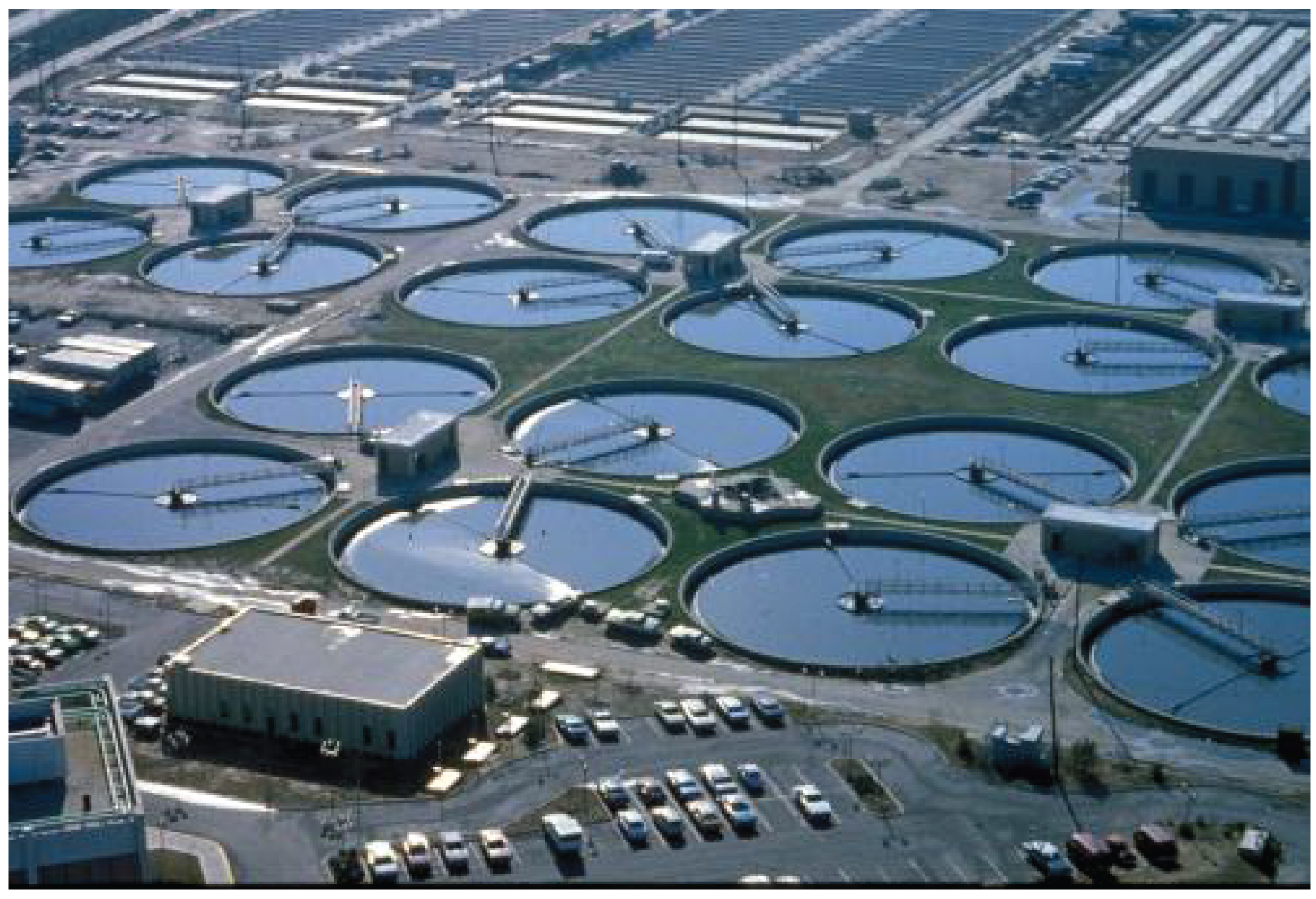25.0 Introduction: Urinary System

Chapter Objectives
After studying this chapter, you will be able to:
- Describe the macroscopic and microscopic anatomy of the kidney
- Describe the anatomy of the nephron
- Describe the processes involved in urine formation
- Describe the mechanism and control of glomerular filtration
- Explain how the kidney reclaims filtered substances (reabsorption)
- Explain how the kidney removes unfiltered substances from the blood (secretion)
- Describe how the medullary concentration gradient is formed and maintained
- Describe how the kidney can produce a concentrated or dilute urine using hormones
- Explain how the kidney alters blood volume and composition
- Describe the anatomy of the urinary system and its role in urine storage and transport
- Explain the integrative influences of kidney function on the body
The urinary system has many roles including cleansing the blood and ridding the body of wastes. However, there are additional, equally important functions played by the system including regulation of pH, blood pressure, concentration of red blood cells, and production of vitamin D. If the kidneys fail, these functions are compromised or lost altogether, with devastating effects on the body. The urinary system, controlled by the nervous system, also stores urine until a convenient time for disposal and then provides the anatomical structures to transport this waste liquid to the outside of the body.
Resource Link
The urinary system consists of paired kidneys which produce filter blood to produce urine. Urine moves through the ureters to the urinary bladder where it is stored until it is released. When released, urine travels through the urethra to the outside world.

